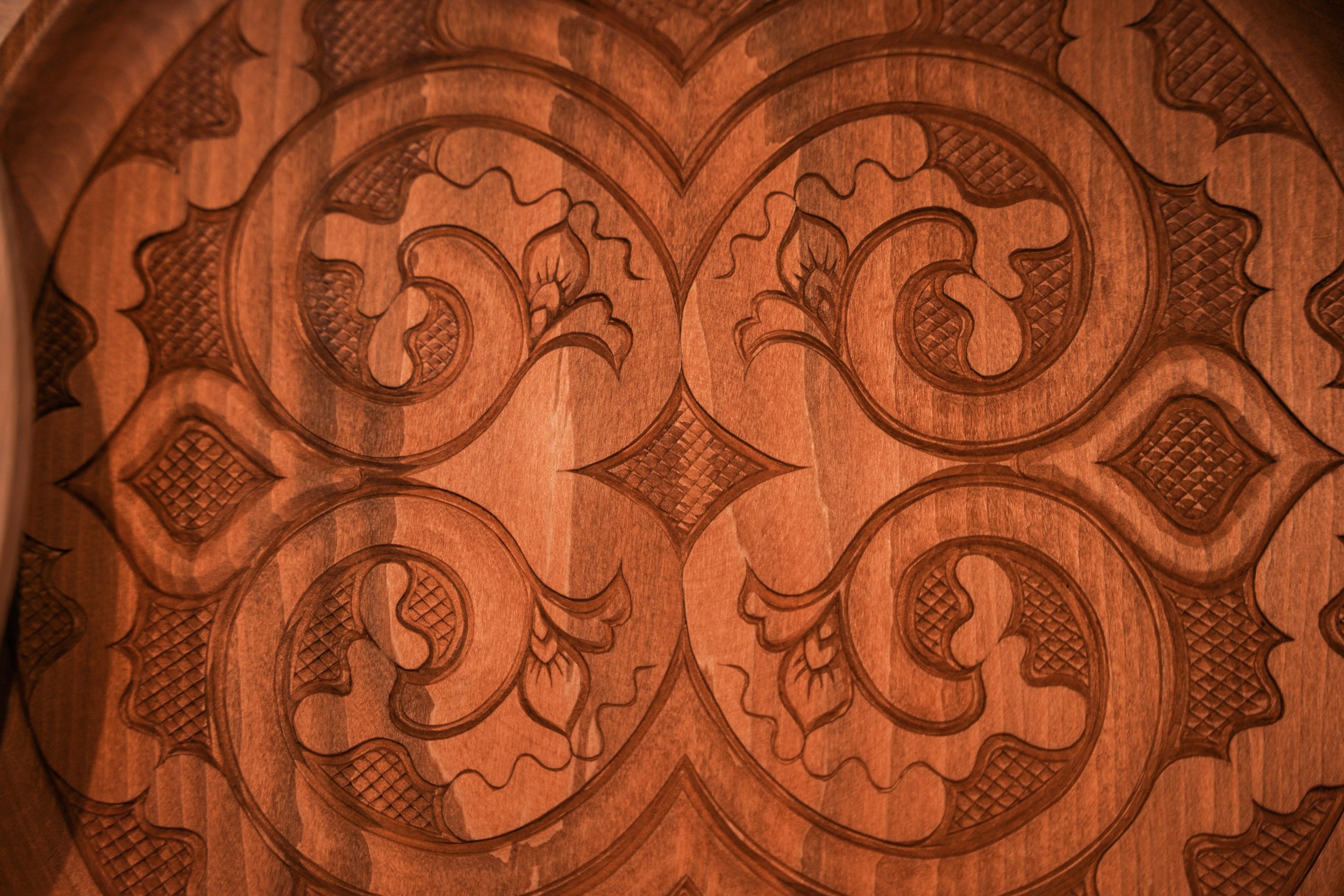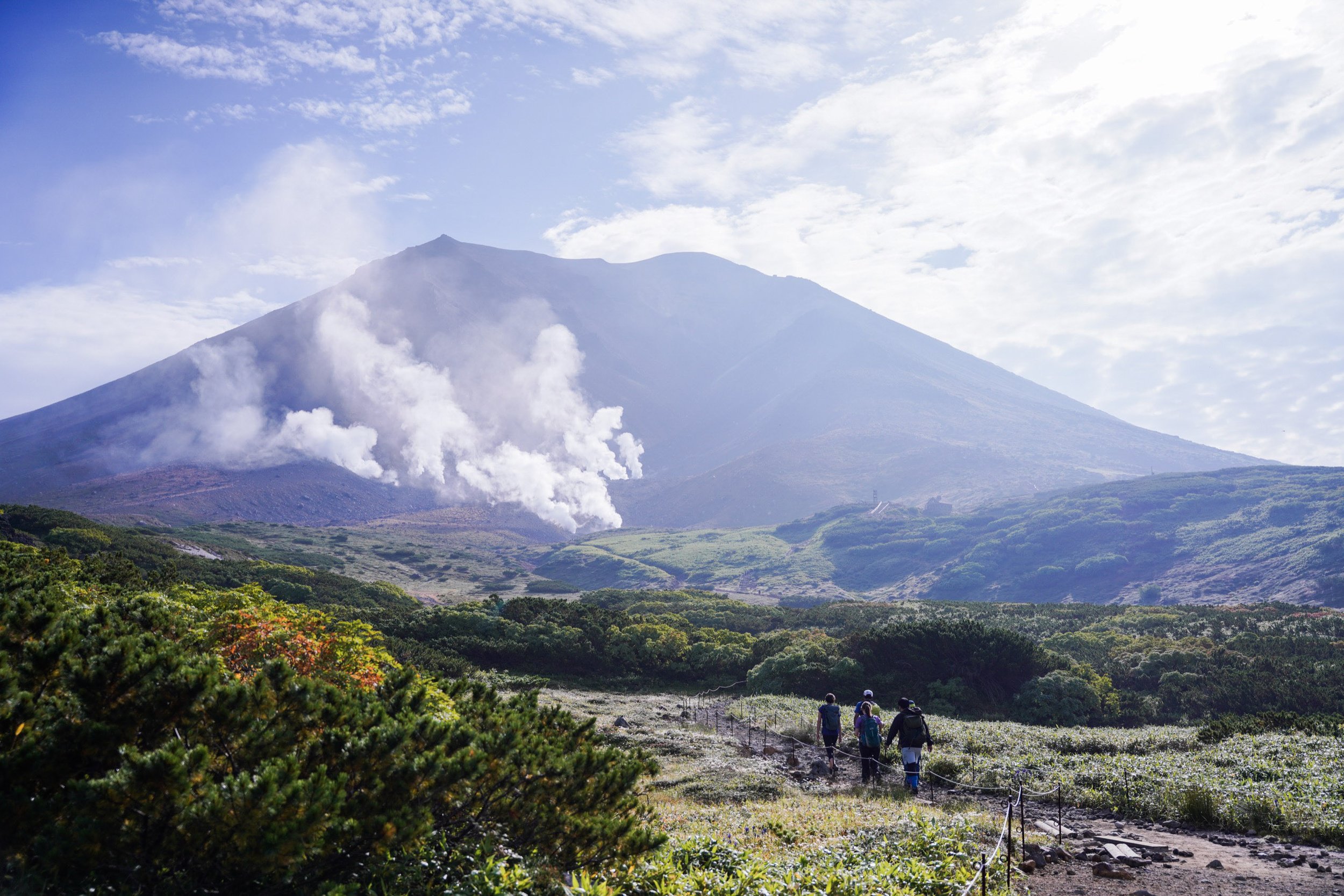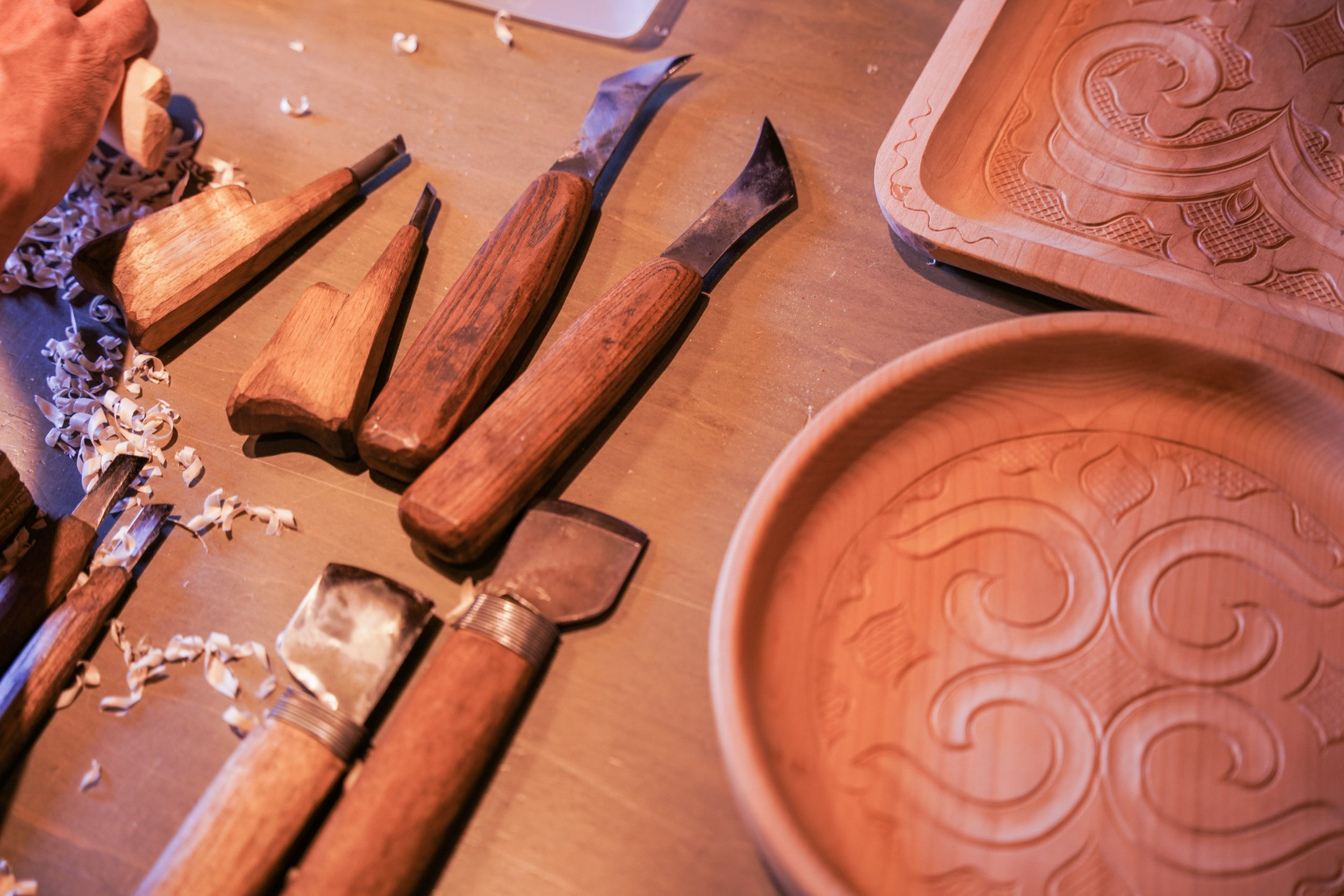Telling Tales with Ainu
By Genie Harrison
Consider the Japanese word “Sapporo.” To anyone at least a little familiar with the Japanese language, the pronunciation of the word “Sapporo” rings somewhat discordantly with the common phonology of Japanese. Literally meaning “dry, great river,” the name borrowed for Hokkaido’s capital city is actually derived from the language of the Ainu People–from the word “Satporopet.”
Prior to my arrival on Japan’s northernmost island, I had never heard of the Ainu People. Having lived in Tokyo, and with a keen interest in Japan and its culture, I am somewhat ashamed to admit that. However, through learning about the Ainu, their language, and their rich oral storytelling tradition, I began to better discern the subtle ways in which the Ainu people and their traditions are still impacting Japanese culture today.
Oral storytelling comprises a significant portion of the Ainu culture and literary output: customarily sung by women, there were thought at one point to be over twenty-seven different performance genres of Ainu storytelling, making this one of the “richest and most interesting” bodies of archaic oral folklore in existence today. This storytelling tradition known as yukar provides an unrivaled window into the lifestyle of the ancient Ainu people, something which Ainu translator and scholar Donald Philippi suggests has often been “ignored or regarded as a product of native imagination.” However, due to the absence of a writing system and the forced assimilation by the Japanese government, the Ainu language has reached the status of an “Endangered Language,” putting at stake the survival of both the language and the culture.
The preservation of yukar owes a great deal to the work of Yukie Chiri, a young Ainu woman from Noboribetsu, an area in southern Hokkaido. Yukie’s grandmother, mother, and aunt were renowned amongst the Ainu community for their skills as orators; Yukie’s grandmother was proclaimed “the greatest and the last storyteller of Ainu.” Separated from her parents at age 6, Yukie was raised by her grandmother, and while she was obliged to learn the Japanese language at school, the two spoke the Ainu dialect together at home. The terms of her upbringing encouraged Yukie towards conservation: she decided to transcribe her grandmother’s stories and compile them into a book form for others to read and enjoy. The collection would come to be the first book written by a person of Ainu origin. Tragically, Yukie passed away at the age of 19 following a heart complication, but not without “leaving an indelible contribution to the understanding and appreciation of her people’s beliefs.”
Ainu yukar can be divided into three main categories: the lyric, the epic, and the ritual, or ceremonial. The epic yukar make up the largest proportion of the extant oral literature, greatly overshadowing the lyric and ritual in both quantity and importance. However, given that the Ainu people themselves “did not draw a clear-cut line between one genre and the others,” and considering the great religious significance of all these tales, the epic yukar provides a natural and useful vantage point into this poetic world.
The epic yukar themselves may be further delineated into two categories: the mythic, and the heroic. The mythic epics were shorter, and generally well-known amongst the population. Mythic epics were frequently sung, as knowledge of the mythology was thought to enable the possessor to obtain blessings from good deities, and simultaneously drive away evil. Contrastingly, the heroic epic yukar could take hours to perform, and required the “prodigious“ memory capacity of the reciters, who would sometimes undertake hours reciting these tales to an onlooking audience. Donald Philippi also acknowledges that these yukar were recited not only for entertainment, often during long winter nights, but moreover to confirm and strengthen the basic societal values that drew the community together.
The heroic epics are, by nature, extensive in length. Consequently, I shall look briefly at the opening of “Song of the Fire Goddess” as a means by which to explore some of the typical characteristics of the epic yukar:
Doing nothing but needlework,
I remained with my eyes
Focused on a single spot,
And this is the way
I continue to live
On and on uneventfully.
As is customary with yukar, this tale is told from a first-person perspective, and at no point deviates to a more objective, third-person narrative style. Moreover, Philippi alerts us to the fact that the yukar often begins in media res; we are given little contextual or biographic information about our storyteller – this is instead revealed as the tale unfolds. Moreover, there is an absence of any intervening Muse figure or Chorus: the yukar are “basically a literature of self-revelation by a speaker.”
In this narrative, the husband of the Fire Goddess is “stolen away by the Goddess of the Waters”:
Then one day
my wedded husband,
my honored husband
went outside
holding in his hands
silver wiping stocks
six in number,
After that,
he did not come back
for a long time,
for a very long time.
Nevertheless,
I thought to myself:
“Am I
A deity with weak powers?”
The versification of the yukar is syllabic: the verses are organized into “mouthfuls,” which consist of roughly 5 syllables. However, the formal structures of these poems are irregular, and these verses can contain as few as 2, or as many as 6 syllables. It is worth acknowledging the substantive divergence this poetic construction has with traditional Japanese haiku, known for its strict attention to the number of syllables in each line. Albeit in English, Philip’s translation of the yukar deftly captures the fluidity produced by such irregular line structure: the malleability of the poetry provides a space for orators themselves to play with the rhythmic shape of the poem in performance.
As the tale of the “Song of the Fire Goddess” unfurls, the Fire Goddess vanquishes the rival goddess, by whom her husband has been taken, and allows him to return home. This return does not, however, necessarily signal forgiveness. The poem comes to a muted finish:
Though he spoke these words,
I did not breathe a word
in reply to him.
After a while,
without saying a word,
he folded up
that sedge mat
and put it
on the stacks of sacred vessels.
After that,
He remained [at home].
As Donald Philippi informs us in the introduction to his translation, the Fire Goddess was present in the fireplace of every Ainu home and acted “as an intermediary between the Ainu and all the other gods.” It is crucial then that the end of this story returns to a domestic setting: there is a quiet restoration of order that speaks to the role that the Fire Goddess herself played within Ainu life. Just as the Fire Goddess and her husband return to the home, the listener is ushered back to the reality of their own hearth. This epic poem, in its lyrical quality, its imaginative scope, and its quiet ending, speaks to the integration of spirituality in broader Ainu society.
Despite Yukie Chiri’s remarkable preservation work and the yukar’s status as a solely oral literature, today, yukar exist only in their transcribed form. This presents a particularly significant challenge to the Hokkaido Ainu who, according to scholar Lisa Hiwasaki, have remained “virtually invisible’ in the country they have inhabited for ‘hundreds, if not thousands, of years.” Whilst significant steps were made prior to the turn of the century by the 1997 Ainu Culture Promotion Act towards “officially acknowledg[ing]” the group as an ethnic minority, the Ainu are still yet to be recognized by the Japanese government as indigenous people, as defined by the United Nations.
Today, the Ainu population is thought to be around 13,118. While this number is itself contestable – due to both acculturation and intermarriage, these ethnological boundaries have become difficult to delineate – the Ainu population of 1822 is thought to have been around 24,339. The disparity of these two numbers speaks to the extent to which the Ainu population were subjugated by the hands of the mainstream Japanese government. In recent years, however, efforts have been made to resurrect and preserve the Ainu language: the Foundation for Ainu Culture, established in 1997, now offers classes in the native tongue, and accompanying textbooks, podcasts, and beginner courses have similarly been developed and are available for download via the internet.
Even a momentary glimpse at their yukar and poems like the above provide an unrivaled window into the structure of Ainu daily life. With so little Ainu culture remaining, the yukar are a critical means of connecting not only the Ainu population of today with their ancestral heritage, but also furthering an awareness of the Ainu people in Japan and globally.
With a slightly more attuned ear, you can glance at a map of Hokkaido, and hear echoes of the people who once lived there freely. In fact, nearly 80% of Hokkaido place names are derived from the Ainu language: the island’s second-largest city, Asahikawa, comes from the word “Cup-pet,” meaning “sun, river,” and Chitose, where Sapporo’s airport is located, was originally termed “shi-kot,” meaning large pit, or valley. Across Hokkaido, however, there remains a dogged determination to go beyond restoration and focus on actively retaining this unique culture. Today, traditional craftsmen still practice carving patterns of symbolic meaning into “nibutani ita,” flat, wooden trays. Their efforts speak not only to posterity, but also to the future. This is a vision of a different future, where Ainu people and their culture are recognized and understood within the community, throughout Japan, and across the world.
About the Author: A recipient of the Daiwa Anglo-Japanese Scholarship, Genie Harrison is a writer currently based in Tokyo, where she works for popular lifestyle magazine, Tokyo Weekender. Educated at the University of Cambridge, she specializes in literature, with a particular focus on contemporary fiction written by Japanese female authors.







